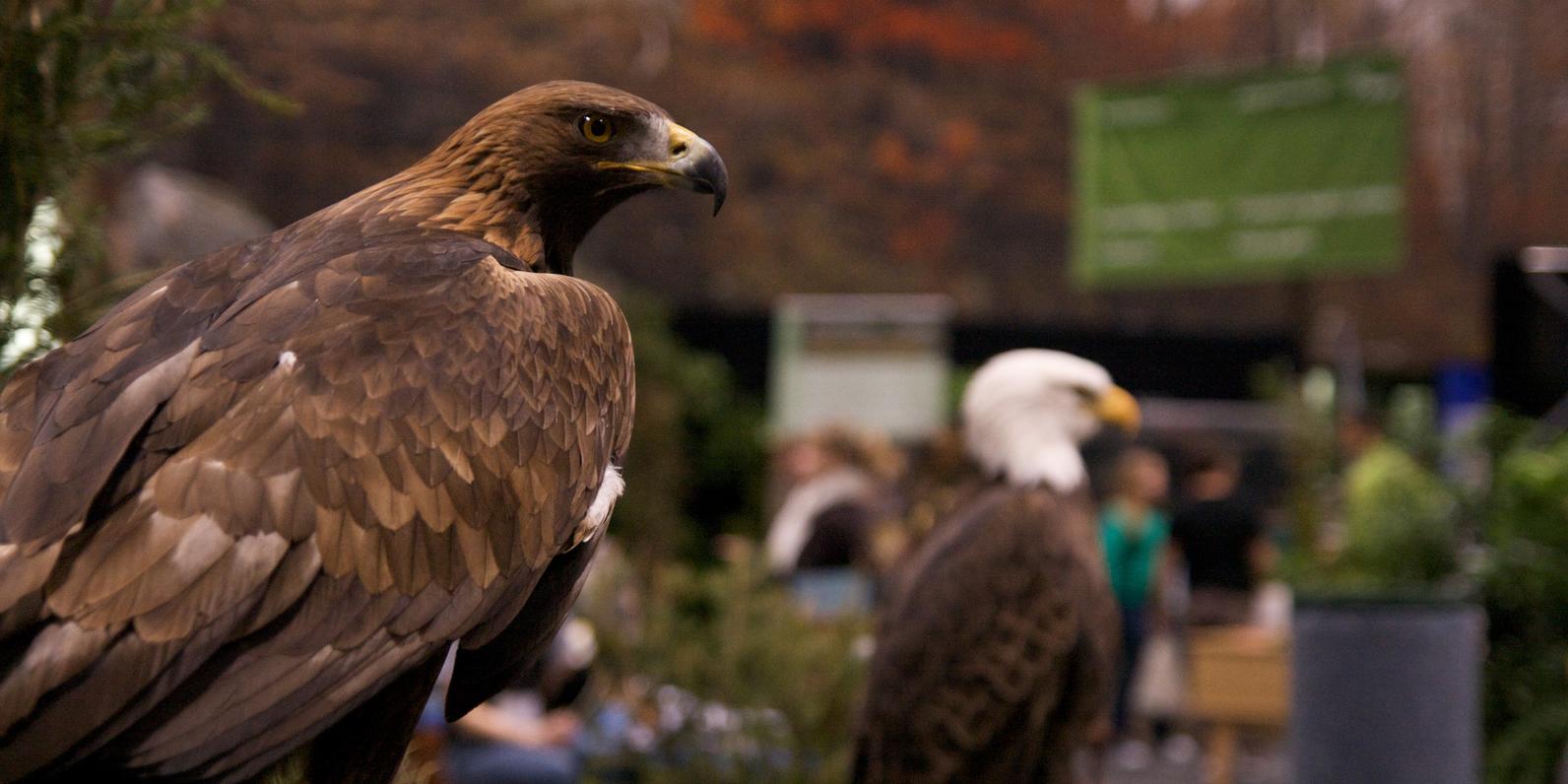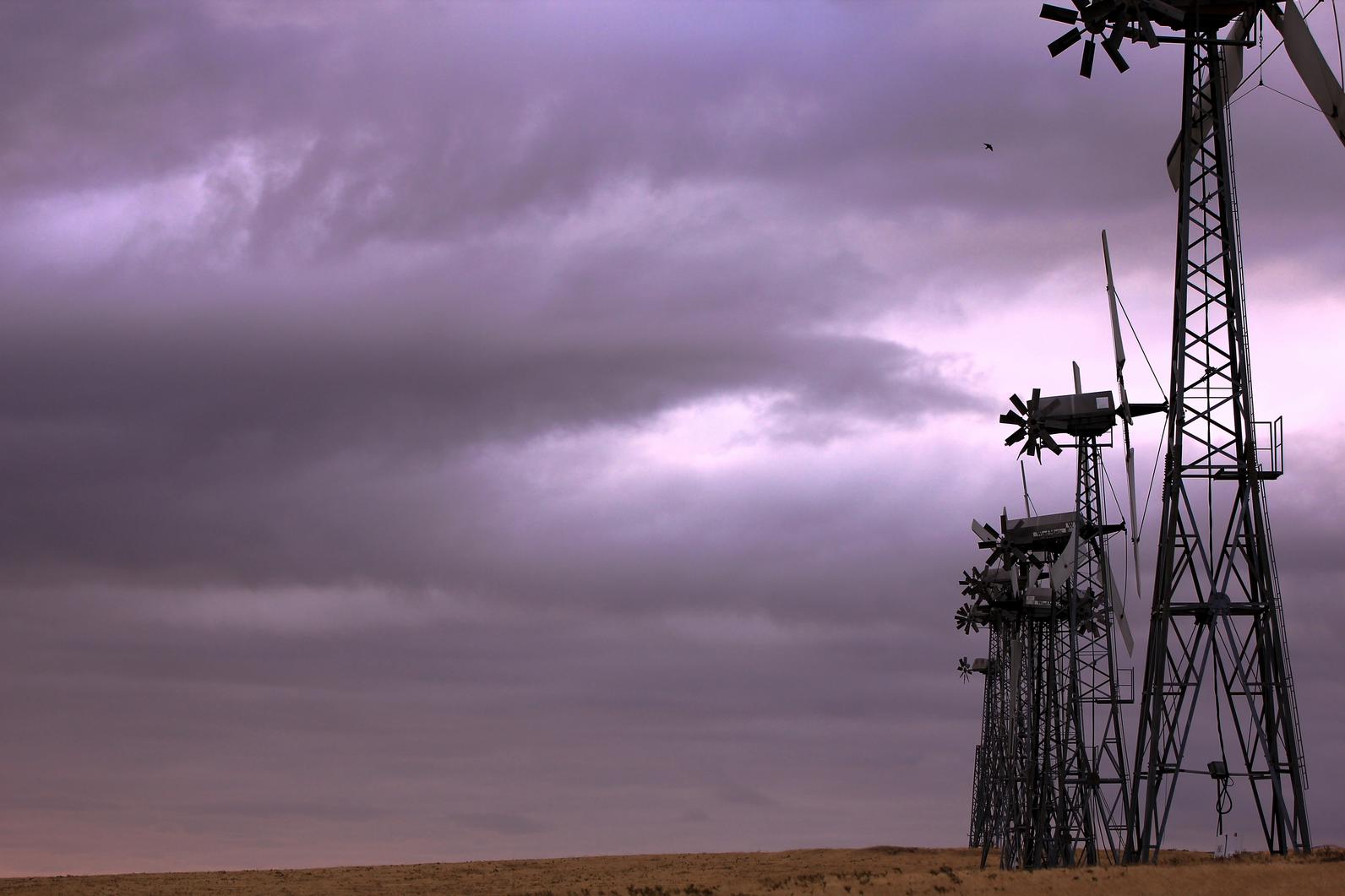Latest News and Updates from Audubon in California
California Condor. Photo: Scott Frier/USFWS
The comment period for a proposed rule to extend eagle “take” permits from five to thirty years expires on July 5. The change, suggested by the United States Fish and Wildlife Service, would mean that parties that incidentally harm birds in their regular operations such as wind energy companies could legally kill eagles with little repercussion or monitoring for the extended period of time. To fight back against this change, Audubon is asking members to publicly comment in opposition to the extended-period kill permits.
The change was originally proposed in late 2013, but was brought to a halt last year when the U.S. District Court for the Northern District of California ruled in Shearwater v. Ashe that the permit term could not be extended to thirty years without an environmental impact statement. Now that the environmental assessment is complete, the Fish and Wildlife Service hopes to move forward with the looser permit scheme. Unfortunately, however, the assessment revealed that the alteration could threaten eagle species such as bald eagles and golden eagles.

“The Bald Eagle—the very symbol of America—and the majestic Golden Eagle deserve strong protection,” said David Yarnold, president and CEO of the National Audubon Society. “A program that provides 30-year permits without proven mitigation measures available and without adequate oversight is just not good enough.”
Of the estimated 143,000 bald eagles in the United States, the permit extension would allow for 4,200 bald eagles to be killed or injured annually before labelling the species as endangered. The golden eagle, which lives mainly in the Western U.S. and is held as sacred by many Native American and Five Nations people, would be particularly threatened. Golden eagle numbers—at just 40,000 left in the United States—are already decreasing in California and the other Western states, in part due to wind turbines in California’s Altamont Pass.

The Fish and Wildlife Service argues that because evaluations would still occur every five years, further regulations could be put in place to protect eagles as necessary. However, Audubon California believes that the Service lacks the resources necessary for such a strategy to be effective. Also troublesomely, the counting of eagles killed falls upon the wind companies and not an independent party.

This bird traveled a long way to get here. Pete Dunten of Mountain View snapped this photo of a Western Sandpiper at the end of April in the San Francisco Bay. Dunten originally traveled to the Alviso Marina in hopes of spotting a Little Stint. “Looking for one small peep, similar in appearance to the hundreds of other small peeps at the same spot, is a lot like looking through the 'Where's Waldo?' books,” Dunten said of the Little Stint. While in search of the stint, he spotted a few Western Sandpipers instead and was excited to see that one of them was banded.
After a bit of searching for a key to the band colors, he determined that the sandpiper was probably from Panama and posted the sighting to Audubon Panama’s Facebook page to confirm his suspicions. He sent the photo to a bird banding lab and received a certificate of appreciation from them for helping to track the bird.
Visiting Audubon California sponsor Egret Wine in Sonoma County. We recently paid a visit to the vinyards of Egret Wine in Sonoma County, and got a tour of the vines and the winery itself. Egret Wine is a sponsor of Audubon California. Pictured above is Egret Wine Owner John Bambury.
Our newsletter is fun way to get our latest stories and important conservation updates from across the state.
Help secure the future for birds at risk from climate change, habitat loss and other threats. Your support will power our science, education, advocacy and on-the-ground conservation efforts.
Join the thousands of Californians that support the proposed Chuckwalla National Monument.